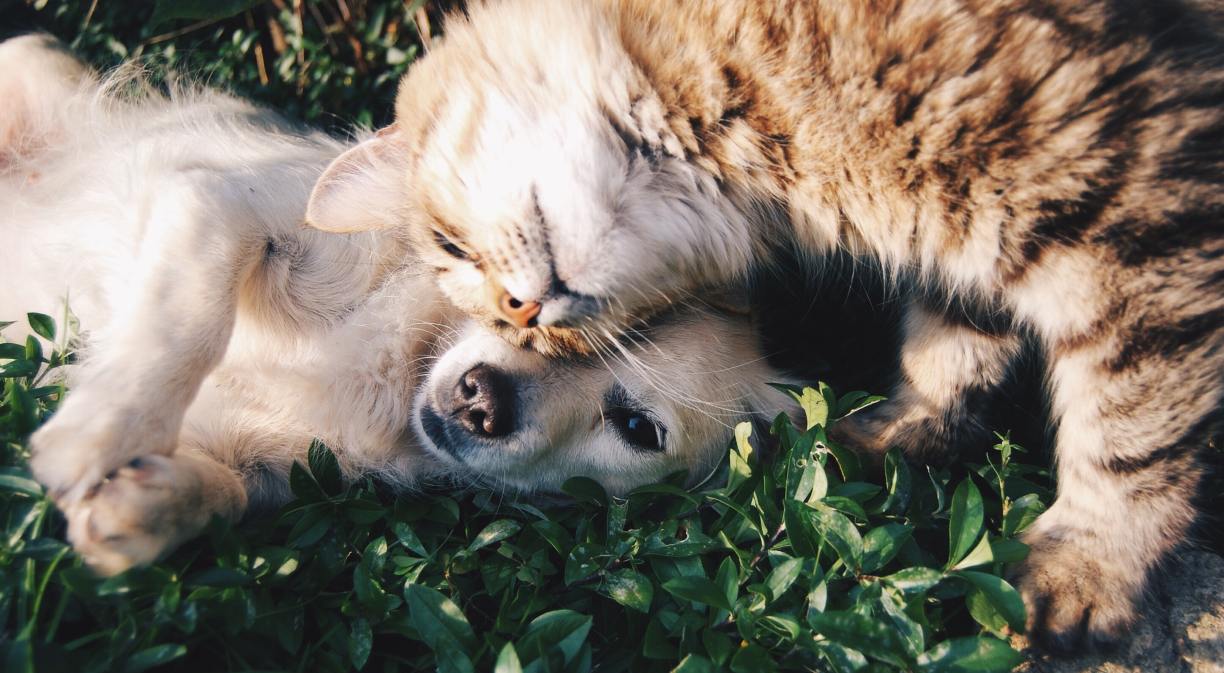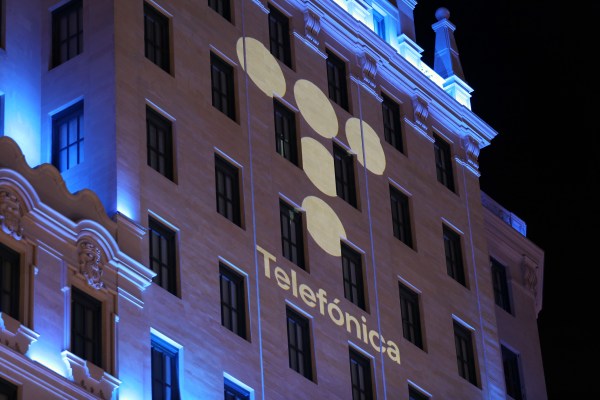The technology sector has found an important niche market in pets and has developed a large number of devices and applications for pets in recent years.
Frida meows because she is happy. Or maybe she’s angry? Does something hurt? Or is it a mating call? If you have a cat, I’m sure that more than once you have wanted to know what it wants or what it is saying to you, in order to give an accurate response to its needs. Today, this is closer thanks to MeowTalk, an application that works as a meowing translator.
Created by Javier Sánchez, a former Amazon engineer who worked on the development of the Alexa digital assistant, the app works in a very simple way: it is downloaded, the cat’s meow is recorded, and the software compares it with a large database and comes up with a translation, among nine possible intentions and meanings.
The more the app is used, the more accurate it will become, given that by recording and tagging sounds, machine learning software and Artificial Intelligence (AI) can better understand each cat’s meow.
But this tool, which a few years ago might have seemed like science fiction, is just the beginning. The ultimate goal is to create a “pet wearable” (technology that is worn as a garment or accessory) in the form of a smart collar that translates cats’ meows instantly and a human voice speaks through it. Can you imagine?
Niche market
According to Anfaac (National Association of Manufacturers of Food for Companion Animals), it is estimated that there are more than 28 million pets in Spain, with fish and birds being the most common animals found in homes, followed by dogs and cats.
In Madrid alone, 50% of families have a pet and there are already more dogs than children aged 0-4. Moreover, pets are becoming more and more important and people are more aware and involved in giving them the best possible quality of life, whatever the cost.
These issues make the pet sector an attractive niche market for many entrepreneurs and companies in the technology sector that propose innovative initiatives related to the care and welfare of animals, their health, food, emotional and physical well-being, play and much more.
We are talking about what is known as “Pet Tech” or technology for pets, a segment that includes a large number of solutions related to the care and welfare of animals, their health, food, emotional and physical wellbeing, play and much more.
From the microchip to the bark translator
If we look back to the 1990s, we find the precedent lies in the implantation of life-long microchips in the back of the neck of dogs and cats for identification purposes.
They usually consist of a bio-compatible glass capsule the size of a grain of rice with the device inside. There are also smart nameplates with QR codes on the market, such as those of the Spanish start-up Dinbeat.
If the pet is lost, anyone with a mobile phone can scan the QR on its tag, view the profile and contact the owner safely. In addition, as soon as someone accesses this information, the user receives an email informing them that their pet has been located.
But in the face of this “passive” technology, much more complex tools and gadgets with a myriad of applications are now emerging, some of which are as complex as understanding a cat or getting to know a dog’s feelings and emotions.
This is the promise of South Korean start-up Petpuls, which has developed an artificially intelligent collar that can identify a dog’s state of mind. By analysing more than 10,000 bark samples from 50 dog breeds, the technology identifies whether the animal is anxious, depressed and other states, and has a 90% chance of recognition.
Well-being, health and nutrition
Many of the Pet Tech innovations aim to improve animal welfare. This is the case of DinbeatUNO, a wearable device for veterinary use that wirelessly monitors the health of pets in real time.
This “multi-parametric harness”, designed by DinBeat as well, has sensors that send the information to the cloud. When used on non-sedated animals (hospitalised or at home), it provides the veterinarian with real-time patient information (heart and respiratory rate, temperature, etc.), allowing for a timely reaction in case of emergency.
Also from Spain, in the field of nutrition, Kibus is the first food processor that allows you to prepare healthy and hot food for pets. It is an appliance designed to stand on the floor and it is very easy to use.
All you have to do is programme the daily grams your dog needs and the number of meals per day and introduce the dehydrated food into the device by means of capsules.
It is also an IoT device and, via Wi-Fi connection, it allows the user to interact remotely, access the history of everything that has been cooked and receive warnings if there are any incidents.
Another device, PetTrax, is a food dispenser that notifies the mobile phone every time the animal eats (other similar devices even take photos that are sent to the mobile phone, if the owner so desires.) It provides information on the duration of intake and the number of calories consumed which it determines through weight, via built-in sensors. If the pet has not eaten anything for x hours, the owner receives alerts as well, so that they can check if everything is OK. And Alvinoo is a smart water fountain for cats and dogs. The machine keeps the liquid at a constant temperature that can be defined by the user, keeps the water in motion, has antibiosis technology, among other features.
And what would a dog be without a ball? The revolution in this field comes from New York start-up Playdate, which has designed the Ketchup On ball, which comes with a built-in video camera so that dog and owner can interact even if they are miles apart. The owner can control the ball from anywhere using the mobile app while the camera inside streams live HD video.
Self-cleaning litter trays, service marketplaces, electronic mice, ball launchers, smart surveillance cameras… To the delight of entrepreneurs and devoted owners (and maybe of dogs, cats and other companion animals), the pet technology market is expected to reach 17 billion euros worldwide by 2027.








